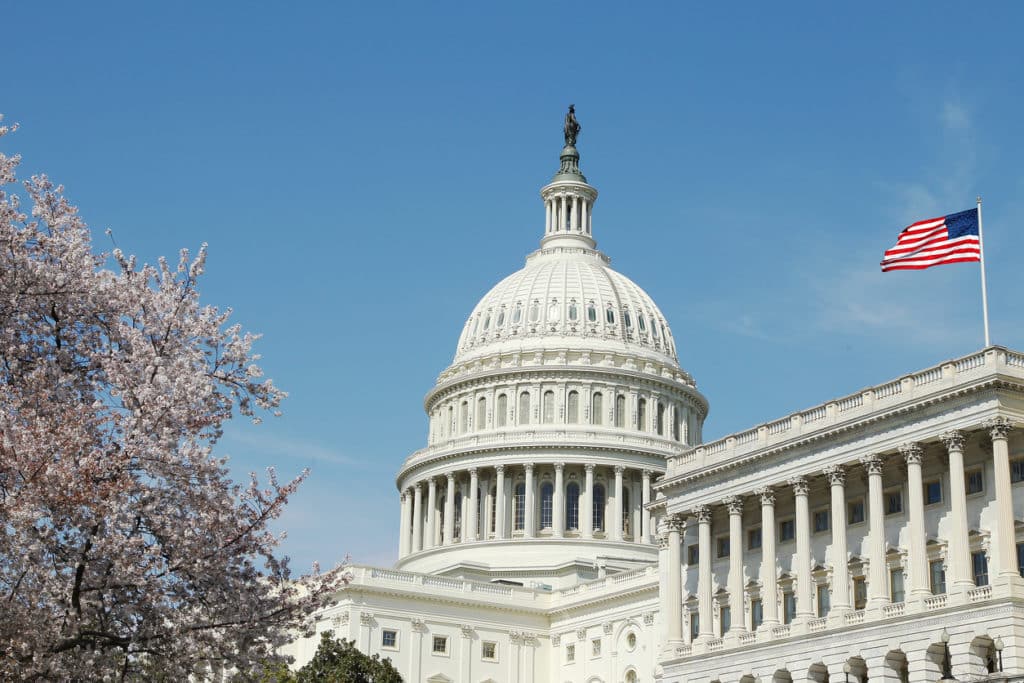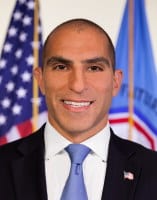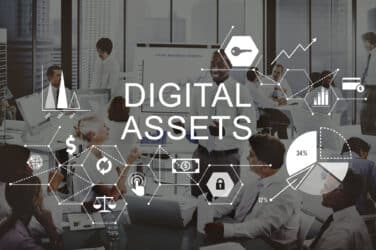

Rostin Behnam, chair of the Commodity Futures Trading Commission, said nothing has happened in the past year to prevent another FTX.
Crypto exchange FTX filed for bankruptcy last year and founder, Sam Bankman-Fried, has been found guilty of all seven criminal counts against him, including fraud. However, Benham also highlighted that the crypto market has changed significantly since the collapse of FTX and the exuberance has dissipated.
“Could an FTX-type event happen again ?” he added. “I don’t want to say never but the market dynamics are very different from a year ago, let alone two or three years ago.”
Behnam spoke at the Financial Markets Quality Conference on 15 November, hosted by the Psaros Center for Financial Markets and Policy at Georgetown University.
Daniel Gorfine, founder of consultancy Gattaca Horizons and adjunct professor at Georgetown Law, said on a panel on digital assets at the conference that the last few months have shown the limitations of a regulation by enforcement approach. Therefore, some type of comprehensive federal legislation that provides clarity around definitions and provides proper market oversight is needed.
For example, in August this year a court ruled in favour of digital currency asset manager Grayscale Investments against the US Securities and Exchange Commission. Grayscale had filed a lawsuit challenging the decision by the SEC to deny conversion of Grayscale Bitcoin Trust to an exchange-traded fund, despite the regulator approving bitcoin futures exchange traded-funds.
David LaValle, global head of ETFs at Grayscale Investments, said on the panel that the asset manager believed that its product was in a perfect position to be converted into an ETF and listed on the New York Stock Exchange.
“We are materially moving much closer to having the opportunity to bring a spot Bitcoin ETF to market,” LaValle added. “We’re on the precipice of something that’s going to be really favorable to investors and that has been in demand for a while.”
He continued that the SEC has a difficult job as providing investor protection is a very broad mandate. However, the regulator’s approval of Bitcoin futures ETFs indicated they felt that there was enough surveillance in the underlying cash markets, so this was not a valid reason to deny approval of spot bitcoin ETFs, which was the basis of their court case.
“We are raising our hand and saying we want more regulation,” LaValle added. “We want to register our product and have it as an ETF on one of the most regulated markets in the world, the NYSE.”
An ETF structure allows access for the advisor market including registered investment advisors, independent wealth managers, broker-dealer wirehouses, and the wealth management platforms of large global banks. LaValle said Grayscale envisioned the bitcoin ETF product would to be brought to market in the same way as the largest physical gold ETF was launched in 2004, as it had similar complexities around storage and custody.
“Using this investment wrapper that has been battle tested in up, down and sideways markets and the infrastructure of high quality market makers, liquidity providers, global banks, authorised participants will allow investors to invest in bitcoin with a high degree of confidence,” said LaValle.
Jason Monk, director of capital markets and digital assets product strategy at Invesco, said on the panel that from an asset manager’s perspective, blockchain technology can be used to bring life to assets that were traditionally static and increase access to assets that have not traditionally had a clear liquidity mechanism.
“Where it makes sense, tokenizing private market assets is very interesting,” Monk added. “We just need to find effective ways to do that without negatively impacting the underlying strategy.”
For example, private equity firms may not want their companies to be trading 24/7 because they need a period of time to make changes and improve their value before making them available for a liquidity event.
Gorfine described tokenization as creating digital bearer instruments which brings advantages such as accelerating clearing and settlement and decreasing counterparty risks.
“The blockchain conversation is about new transaction rails,” he added. “Tokenized assets can move on traditional rails, or you can think about distributed ledgers where they move on interoperable, and potentially, open public systems.”
Public blockchains involve more risks, but also have advantages in terms of access and being able to communicate across different entities.
“I think all these innovations are really important,” said Gorfine. “I think we are going to see them move gradually and change how we transact most types of financial assets and instruments.”
LaValle highlighted that stablecoins can fill the gap between digital assets operating on one rail and fiat, or cash, operating on a completely separate rail.
Gorfine said: “Stablecoin regulation should be fairly straightforward and modelled on banking oversight to audit and confirm reserves.”
Voluntary carbon markets
Behman also said the CFTC is drafting guidance on the voluntary carbon offset market which has emerged over the last few years, which he is hoping to issue by the end of November, subject to approval.
Carbon markets are based on trading of allowances that enable an entity to offset its carbon output and are split into compliance and voluntary categories. Compliance markets tend to be used by governments to establish a carbon price through laws or regulation by controlling the supply of credits which are traded within a controlled emissions trading scheme (ETS). In contrast, voluntary markets are not legally mandated.
“The problem in this market is there is no integrity, there is no regulation and there are questions about scientific methodology and measuring impact,” he added.
However, firms registered with the CFTC list carbon futures, which reference the underlying cash markets.
“Therefore, we want to set standards for this market, evaluate integrity and credibility, and scale the market to hopefully achieve climate goals,” said Benham.








